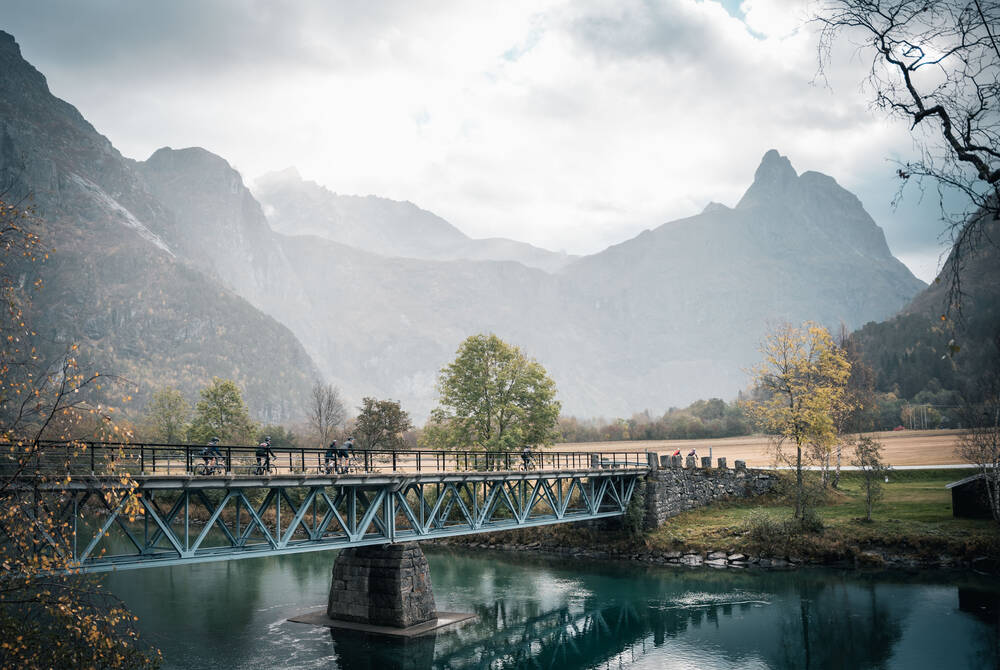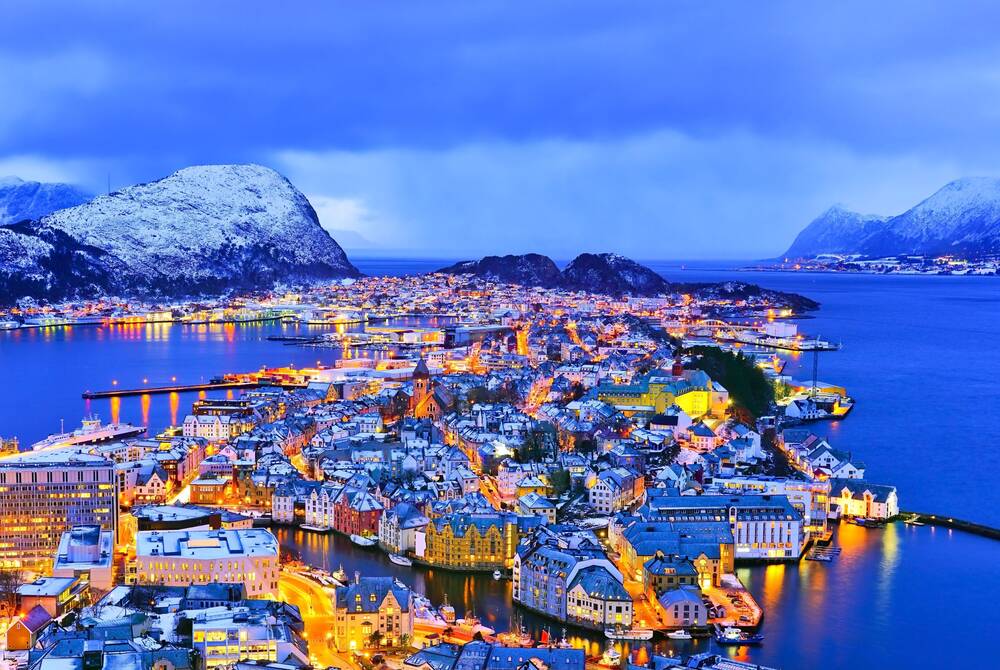A first-hand guide to the seasons in Arctic Svalbard
It’s difficult to get a true sense of scale in Svalbard’s dark season, known as the Polar Night. It's the period between the end of October and the beginning of March when the sun never rises. A glimpse of a mountain’s bulk is about it, until the blue twilight comes and the sun lingers around 6 degrees below the horizon, a cornflower blue seepage radiating from a distance and hinting at ranges beyond.
As the days lighten, and you begin to enjoy an hour or two of this glow on clear days, you can begin to appreciate just how massive the mountains here are, and how unimaginably vast the rest of the archipelago must be. Longyearbyen, the 2,500-person speck of electric light that constitutes the largest inhabited area in Svalbard, seems a wonder of technology and human ingenuity and old-fashioned grit in this dangerous wild place – but climb up to the Longyear Glacier on the edge of town, turn your back to the settlement, and the mountains stretch out before you like a painter’s notion of heaven. Pristine, steep white slopes are softly blurred by snow powder being whipped up by slicing Arctic winds – at these temperatures snow has the texture of sugar, and even a quick run up to see the view can leave your face chapped and frostbitten within minutes.

The magic of the Polar Night in Svalbard
Our trip was at the end of the dark season, and some locals say that summer is really the time to visit – months on end of sunlight, thawed and navigable fjords, trekking and camping and a diversity of birdlife, the ability to scan multiple mountain ranges back in the distance and see the sheer mass of it all. When the sun first rises, families and children (and yes, there are many young families here, with good schools and a walkable town centre) gather on a hillside with face paint and sing, in the old coal miners’ tradition, for the light to return.
And in the intervening months, when there is some sun but it rises low and is filtered sideways through a thick layer of atmosphere, it is said that the light is pink, and you can stand outside and watch the light move, starting at the mountains’ peaks and slipping down the sides, more and move every day, and visibly in motion, so quick is the light’s flirtation with the land.

Spitsbergen, Svalbard
Again and again I asked our local guides – some, like Charlie, who spends the winters leading snowmobile treks and the summers piloting boats and has lived here since she was ten, and some, like our snowcat driver who has spent two years here and never imagine staying – what their favourite season was. The answers were, surprisingly, all different, but one thing was said over and over again: you appreciate the changes.
When all is light and you are called outdoors at all hours, unable to sleep, the dark signals time to go indoors, be with friends and family, drink beers from the brand-new brewery and eat filling meals like reindeer stew. Not to mention, the Northern Lights can come out at any time of day – and often do. When all is dark, you begin to develop a sort of night-vision, sensitive to the smallest changes in the sky, and even an hour of lighter sky is noticed, prickling in your skin to let it know it will feel the air again soon. The sky makes itself known. The colours aren’t simple – they are streaks and washes and sometimes slices that take over your vision.

An Arctic fox enjoys the welcome return of summer to Svalbard
For travellers who want to know when to visit Spitsbergen, it’s easy to recommend coming in the warmer, sunnier months. Certainly a boat excursion and the ability to see far across the horizon makes for a very different set of experiences here. But I feel somehow loyal to the darkness now, and to the people who outlast it year after year. I think, for a traveller seeking quiet and renewal, winter is the time to come. Winter, when you can stand on an ice field and look at the sky and see more stars than you ever knew existed, and hear nothing but the wind on the snow.
Inspired? Explore our range of Svalbard holidays


